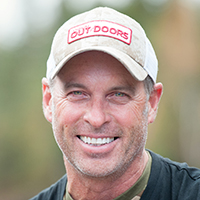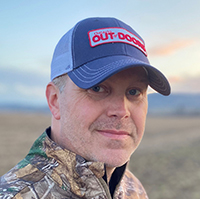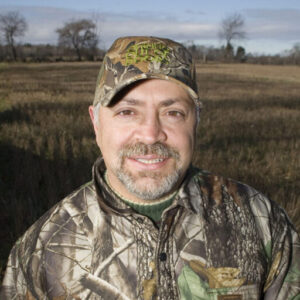When it comes to turkey hunting, choosing the right spot to sit accounts for about 80% of your success. Understanding where turkeys roost and how they disperse when they fly down is essential, particularly for a morning hunt. Scouting plays a crucial role in this, as does your previous experience in any given hunting area. Additionally, you need to ensure you can access your hunting spot without spooking the birds. A couple of years ago, I scouted a group of turkeys that included a few impressive longbeards. Each morning, they would gather in a small field bordered by pines. My plan was to sneak in under cover of darkness and set up against a large pine near the field. In theory, the birds would fly down right in front of me. However, I failed to consider that the roosted turkeys would be just 10 feet above my head — fully aware of the intruder creeping in at dawn. As soon as daylight broke, they loudly gobbled overhead, then immediately flew west, hitting the ground running. Those birds never returned to that field for the rest of the hunt. The lesson? Choose your spot — and your access point — wisely. Make a move If you’ve hunted wild turkeys before, you know how frustrating it can be when gobblers put on a show but refuse to come to the call. Sometimes, they’ll stay in a field or along a tree line, just out of range. Other times, they’ll stick to a well-used travel corridor in the middle of an open area. When this happens, you may need to adjust your approach. On one of my annual hunts, I encountered a group of jakes and toms that were henned up and completely uninterested in calls or decoys. They consistently worked a fence line in the middle of a field with no trees for cover. I decided to place a blind along the fence near an open section where they regularly fed and displayed. I also ensured the blind was positioned near an opening I could navigate in the dark. The next morning, I made my way to the blind before first light and settled in. As dawn broke, the birds began gobbling in a distant woodlot. It felt strange sitting in the middle of a wide-open field, but I had seen the pattern before. After about an hour, dark shapes appeared at
Please log into your OFAH Community account to access this content. Not an OFAH member or Ontario OUT of DOORS Subscriber? Follow the links below to join or subscribe and gain access to exclusive online content.





Contact Information
PO Box 2800 / 4601 Guthrie Dr.
Peterborough, Ontario Canada K9J 8L5
Phone: 705-748-OFAH (6324)
Fax: 705-748-9577
Join Our Newsletter
Watch
Shop
Follow